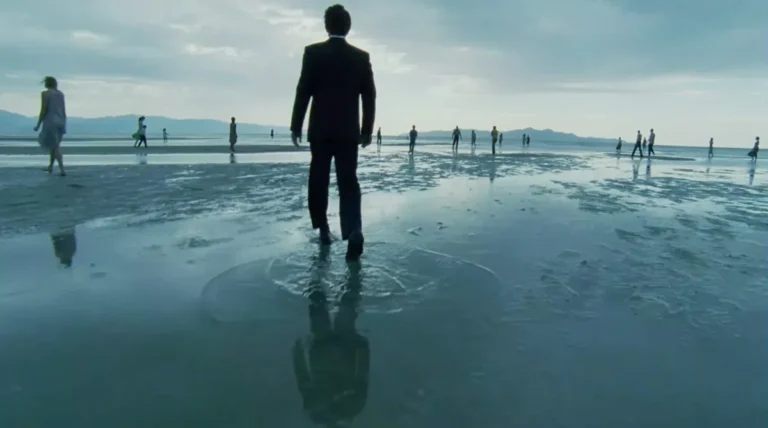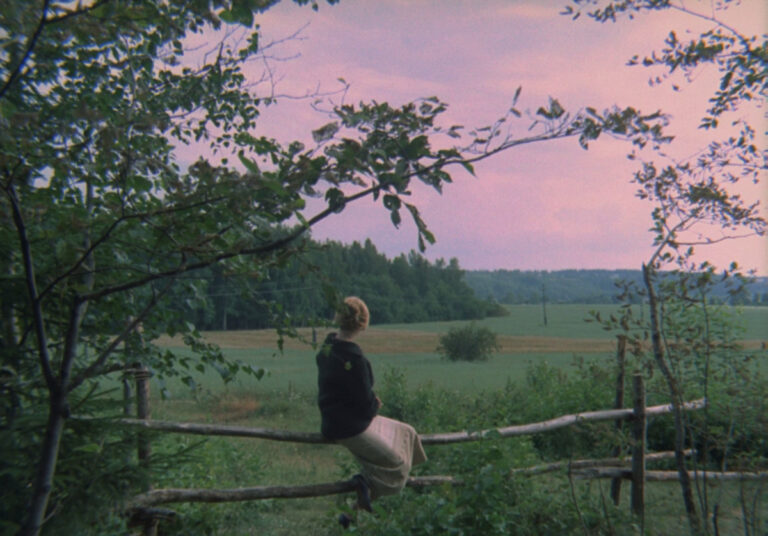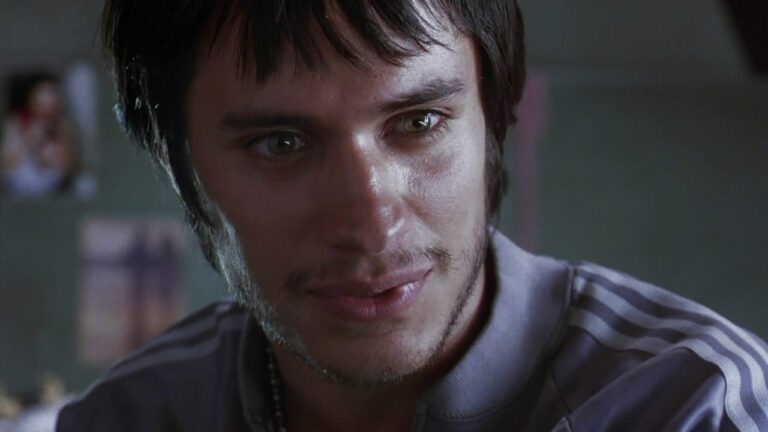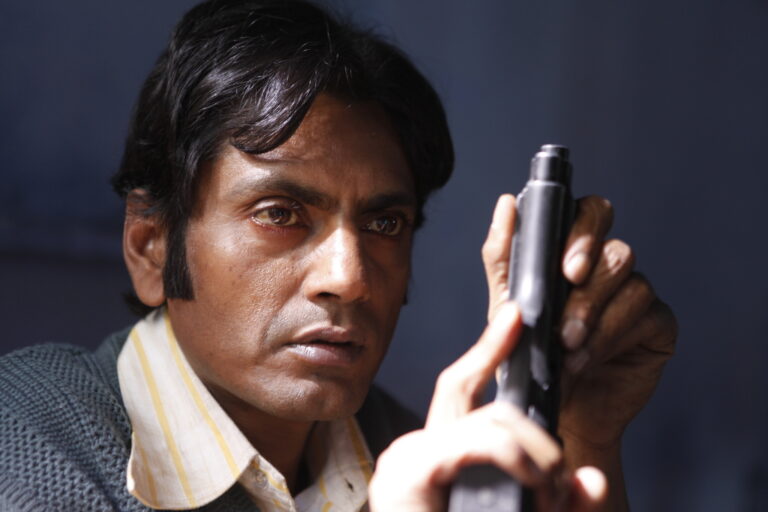Judie Huier Zhao is a vibrant force in the international art scene, utilizing both her cultural knowledge and creative experience from her location in New York City. Growing up in California, she spent every summer in Shanghai, which became formative and relevant to her experience with the revolutionary Tank Shanghai project – an adaptive reuse of industrial space to commission contemporary art. This early experience established a trajectory for Zhao’s career allowing her to intertwine artistry, curatorial practice, and strategic cultural development. Her combined degrees from Pratt Institute and New York University define the unique convergence of creative study and arts financial management: Zhao is equally knowledgeable about the arts practice side of the world as well as the business side of the art world.
In her years in New York, Zhao has worked at an impressive list of institutions including White Columns and Shin Gallery, where she facilitates support for artists working in emerging markets and grows new collector networks, while working in a leadership position at Sotheby’s Institute of Art to direct education programs for international students to think through the complex work of the global art market. Zhao’s programming practice sees art as an ecosystem consisting of education, curation, and community. The following interview provides insight into Zhao’s vision and explorative ways that she negotiates meaningful relationships across the contemporary art landscape. This is our interview with her.
How did your childhood experiences in Shanghai and California shape your perspective on contemporary art and cultural innovation?
Growing up in Shanghai and spending a significant amount of time in Japan and Hong Kong exposed me to a variety of modern and contemporary art. However, back in the 2000s, contemporary art in Asia was generally still considered secondary. By “secondary,” I mean it often served a complementary role—used primarily in hotels and commercial spaces for decorative purposes. People enjoyed looking at art, but they didn’t truly understand its meaning. They appreciated its appearance but didn’t quite grasp why contemporary art existed or what messages it aimed to convey.
Later, I moved to the United States and attended school in California. It was there that the true purpose of art began to unfold for me. I realized that art doesn’t always have to be pretty or decorative. A great piece of art should tell a story—one that provokes emotion and thought. It should spark conversation and challenge existing ideologies rather than reinforce outdated ones. During that time, I also discovered that art can serve a political purpose, something I later learned is central to much of European art.
What motivated you to pursue graduate degrees in both Fine Arts and Arts and Financial Management, and how do you integrate these disciplines in your work?
For my undergraduate degree, I pursued a double major in Mathematics and Studio Art. During those four years, I learned a great deal and also came to realize how much more there was to explore. This led me to pursue advanced degrees in two areas: Finance and Management—seen as an extension of mathematics—and an MFA, which builds upon my foundation in visual arts.
Currently, I work for both Sotheby’s auction house and the Sotheby’s Institute, focusing on data analytics and adult professional training programs. What I learned in school has significantly deepened my understanding of my field by equipping me with the right language and knowledge.
How do you approach expanding Sotheby’s Institute of Art’s programs to meet the needs of a diverse, global student body?
Right now, we already offer a wide range of professional and online programs, including Art Business, Art Finance, Art Writing, Luxury, Art History, Curating, and Gallery Management. Our student body is truly global—our online courses attract students from over 100 countries, and our in-person programs in New York City welcome participants from all around the world.
However, we are continuing to grow and expand in order to better serve an even broader audience. For example, Sotheby’s has deep expertise in real estate, as it is part of our broader corporate portfolio. Building on that, we are now developing training programs focused on real estate investment for our students.
We’ve also noticed increasing demand for more specialized topics—one such example is our Art Finance in a Global Market course. Some of our students come from highly technical finance backgrounds and have expressed strong interest in exploring the deeper complexities of this subject. In response, we’re considering expanding this course from its current six-week format into a more comprehensive, extended program.
Unlike our master’s program, which covers a broad range of topics within the art world, this extended version of Art Finance will focus solely on the intersection of art and finance. The goal is to provide students with more targeted, technical, and holistic training tailored to their specific interests and professional goals.
What does your “systems approach” to art mean, and how does it guide your work in curatorial planning and education?
A systems approach—also known as systems thinking—is a way of understanding and addressing complex problems by recognizing the interdependence and interconnectedness of all elements within a system. In the context of the art world, my systems approach begins with deeply understanding how the ecosystem operates—whether in gallery management, auction houses, art investment, curation, or education. To create meaningful improvement, I believe the first step is observation and immersion: working hard to understand the existing structures before pushing for change. Change must begin at the individual level and expand outward to influence communities. But above all, the most essential principle is to understand—only through deep understanding can we drive thoughtful, systemic transformation.
How do you balance the commercial aspects of the art market with your commitment to fostering authentic connections between artists and collectors?
Balancing the commercial aspects of the art market with a commitment to fostering authentic relationships between artists and collectors requires intention and integrity. I view the market not just as a transactional space, but as a platform for meaningful connection and long-term cultural impact. While I understand the importance of sales and sustainability, I prioritize storytelling, context, and alignment between artist vision and collector values. My role often involves bridging those worlds—translating the depth of an artist’s work in a way that resonates with a collector’s sensibility, beyond just investment potential. When done right, the commercial side doesn’t dilute authenticity—it supports it, enabling artists to continue their practice and collectors to feel genuinely connected to the works they acquire.
Looking ahead, how do you envision your role evolving as digital platforms and global perspectives reshape the contemporary art world?
As digital platforms and global perspectives continue to reshape the contemporary art world, I see my role evolving into that of a more agile connector, translator, and strategist. The boundaries between disciplines, geographies, and audiences are dissolving, and with that comes a responsibility to curate with cultural sensitivity, global awareness, and technological fluency. I aim to build bridges—not just between artists and collectors, but across continents, ideologies, and generations. Digital tools allow for wider access, richer storytelling, and more dynamic engagement with art, and I see myself leveraging these to amplify underrepresented voices and create immersive, educational experiences that transcend the traditional white cube.
Of course, the rise of AI brings valid concerns around authorship, authenticity, and the displacement of human labor, especially in creative fields. But I remain optimistic. I believe AI, when used ethically and critically, can expand our curatorial and educational capacities rather than replace them. The future of art will still be rooted in human experience—but enhanced by tools that help us see, understand, and connect in ways we never could before.










